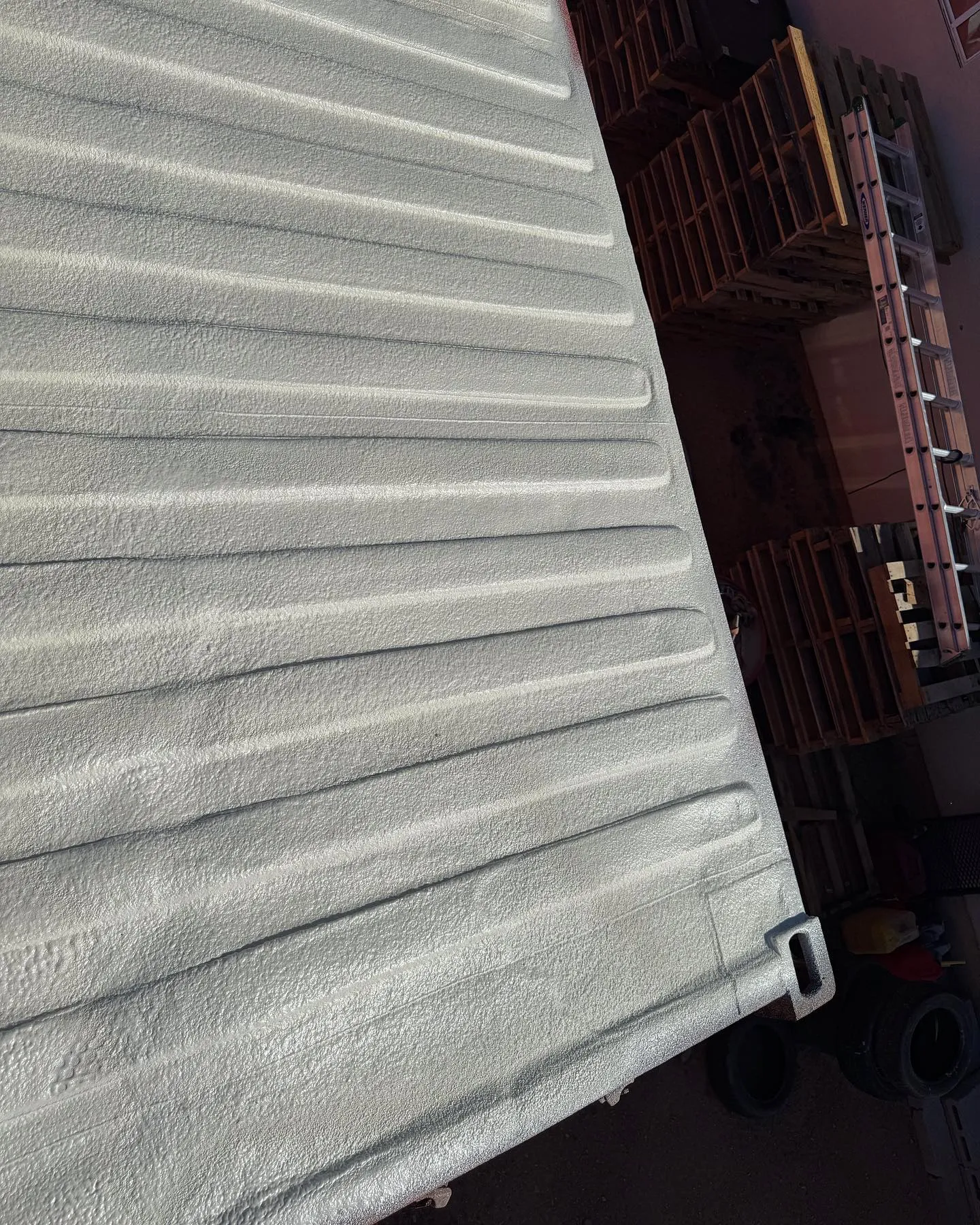
Hot attics, garages that won’t cool down, and interior spaces that struggle to hold temperature if this sounds familiar, thermal barrier coatings could be the solution you didn’t know you needed. In Tolleson, AZ and surrounding areas, managing indoor heat is more than comfort; it's about protection, savings, and sustainability. Thermal barrier paint applied over spray foam insulation offer a strong defense against radiant heat, while supporting indoor air quality and structural safety. This solution brings long-term performance with minimal maintenance, fitting the climate and expectations of the local community.
Thermal barrier coatings using intumescent materials expand when exposed to heat, creating a thick, charred layer that slows down heat transfer and buys critical time during a fire. This type of fire-resistant barrier is particularly effective over polyurethane spray foam, which can otherwise degrade quickly under high temperatures. It acts as a passive fire protection layer, meeting required building codes for foam insulation.
Along with safety, these coatings improve energy performance by adding an additional layer of resistance to heat movement. This can help buildings in Tolleson, AZ maintain stable indoor temperatures without overworking HVAC systems.
Spray foam insulation is highly efficient but needs protection in exposed areas. Thermal barrier coatings reinforce the foam, shielding it from physical wear, UV rays, and moisture exposure. Once applied, the coating forms a seamless layer that resists cracking or peeling, even under frequent temperature shifts.
This added protection extends the life of spray foam insulation in garages, workshops, and other high-traffic zones. It keeps the material intact longer, reducing the need for re-application or repair.
Thermal barrier coatings are installed over spray foam insulation across various residential and light commercial settings. Applications include:
These coatings are applied after foam insulation has been set and cured, creating a protective layer that serves both safety and performance.
The process begins with surface prep, ensuring the spray foam is fully cured, dry, and free of debris. Depending on the size of the space, professionals use airless sprayers or brushes for even application of the intumescent coating. Multiple coats may be required to meet thickness requirements set by fire safety codes.
Drying and curing times vary depending on humidity and temperature, but most projects are completed within a day. Once cured, the coating forms a solid protective shell over the foam insulation that enhances both fire resistance and thermal performance.
Feature | Standard Coating | Intumescent Coating |
Fire Resistance | Low | High |
Code Compliance | May not qualify | Meets requirements |
Thermal Protection | Basic | Enhanced |
Durability | Moderate | High |

In Tolleson, AZ, extreme heat and sun exposure put continuous pressure on building materials. Thermal barrier coatings help homes and buildings stay cooler and safer by creating an added layer of heat resistance. For structures using polyurethane spray foam, these coatings are not just useful they’re often required.
From older buildings with retrofitted insulation to newer builds aiming to meet strict energy codes, thermal barrier coatings help meet performance goals specific to the climate in Tolleson. They also offer peace of mind by adding an extra layer of fire resistance without impacting the aesthetics of a space.
Find out how thermal barrier coatings can strengthen your insulation strategy. Request a call today at (602) 761-0367 to get more information, discuss your needs, or schedule an estimate.
It slows down heat transfer and increases fire resistance when applied over spray foam insulation.
Yes, in many cases building codes require this coating to improve fire safety.
With proper application, thermal barrier coatings can last as long as the foam insulation itself.
Yes, once the product cures, it is safe for indoor use and does not affect air quality.
Most projects are completed in less than a day, depending on the size of the area and drying conditions.